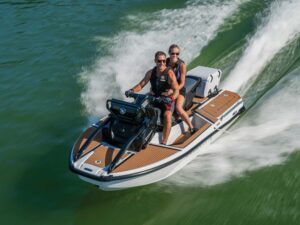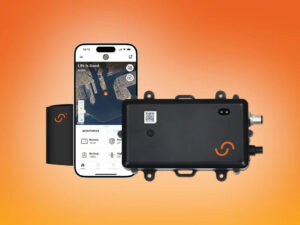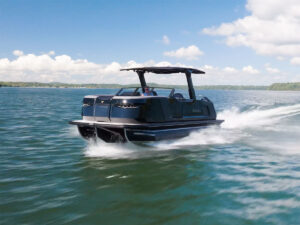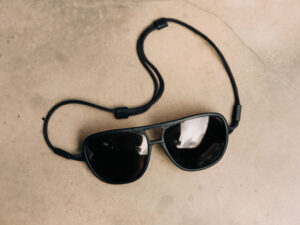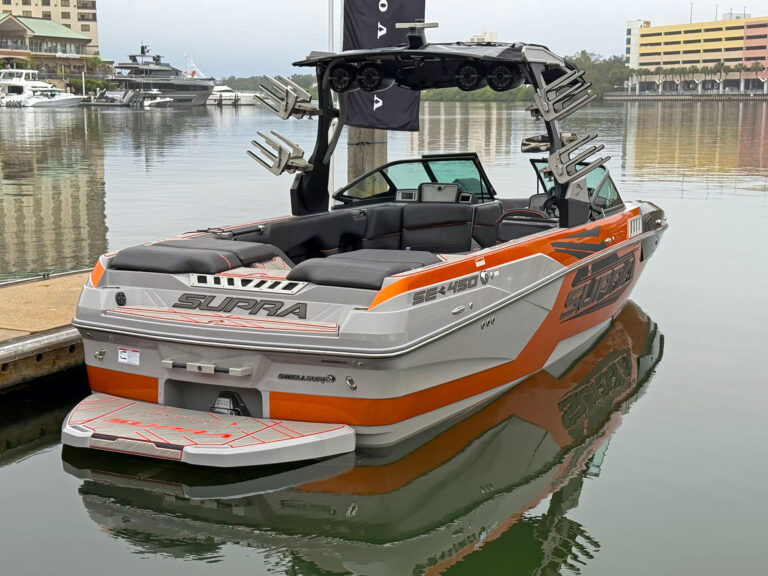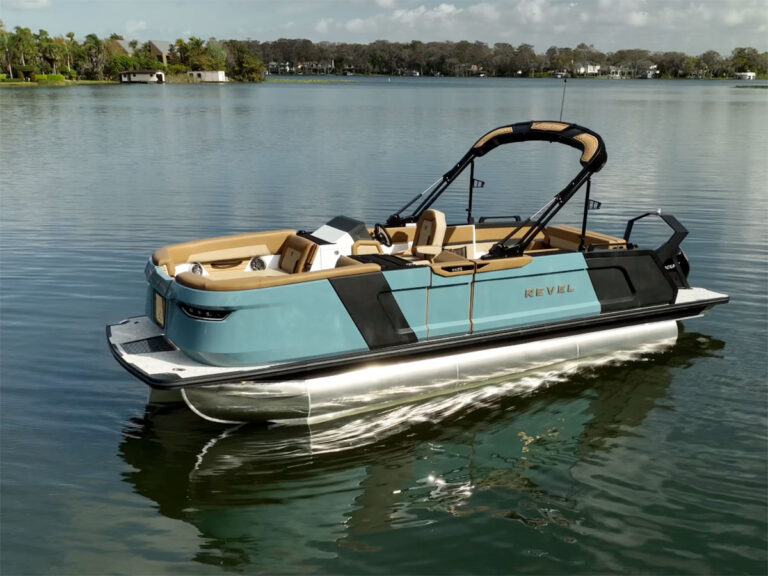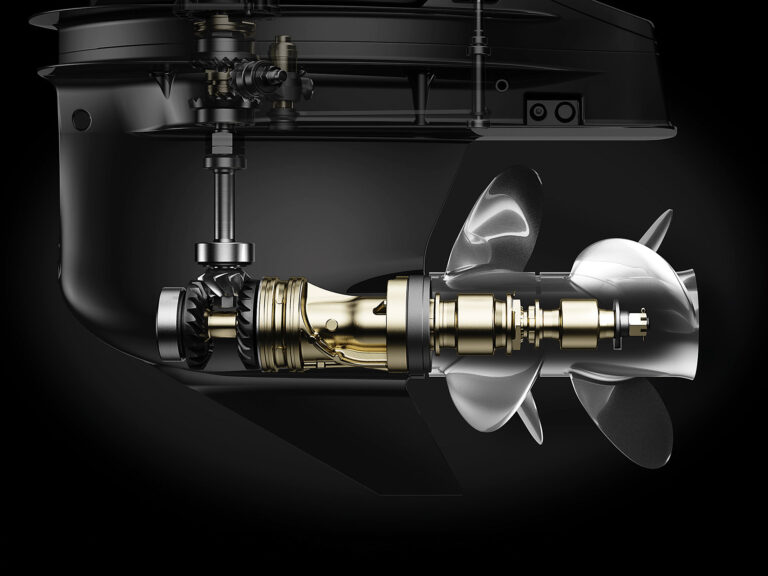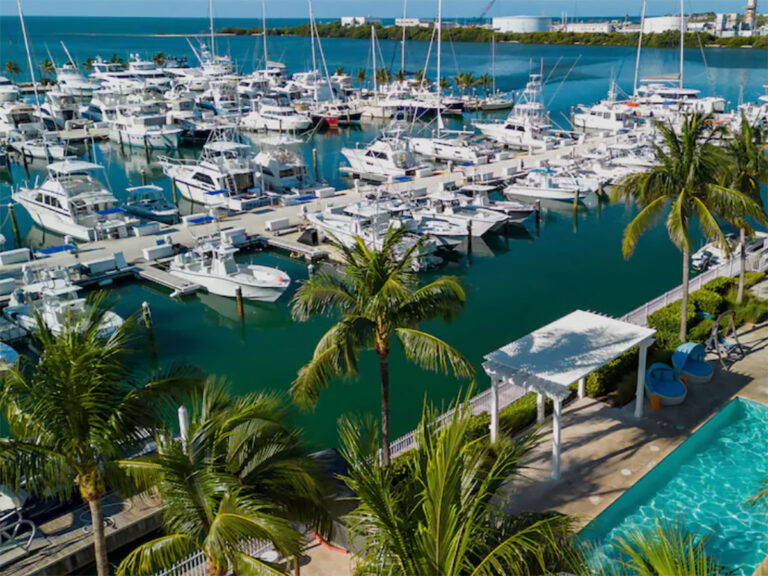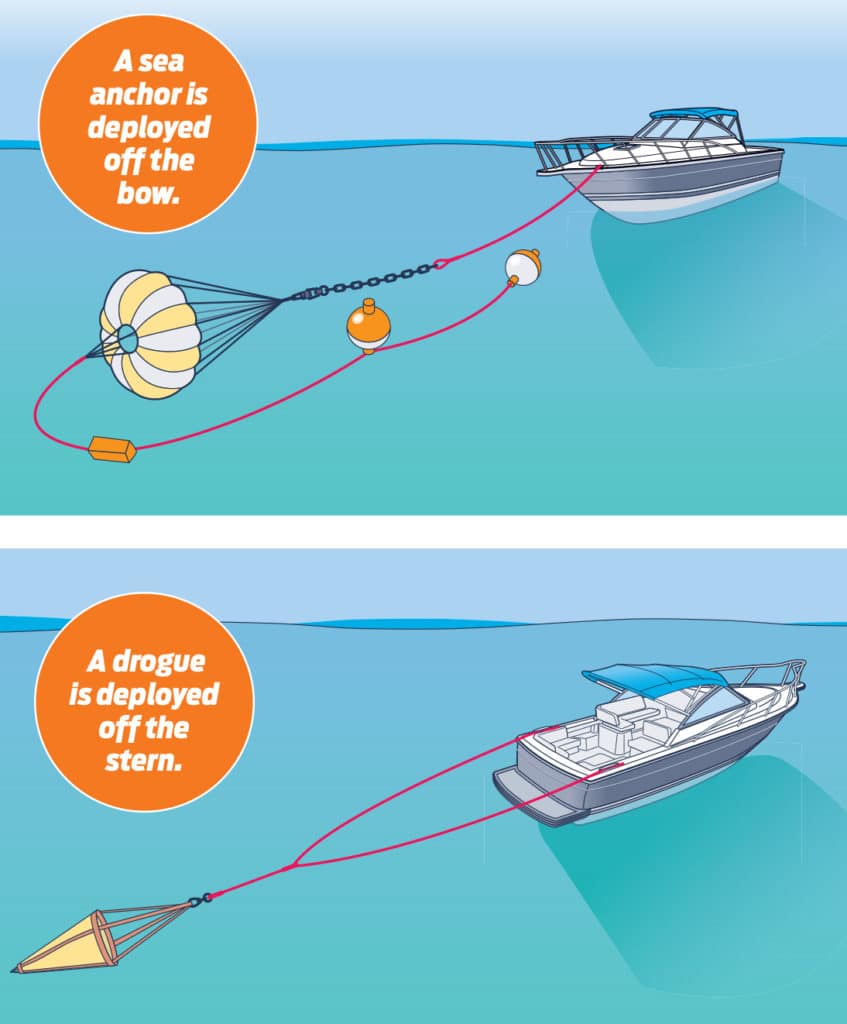
Generally thought of as staple goods for transoceanic cruisers and, perhaps, those who fish the far offshore grounds, drogues and sea anchors have a place in the kits of coastal and inshore boaters too. Granted, unlike anchoring or docking, the skills and techniques needed to deploy a drogue or sea anchor are not universal and may only apply to certain boaters in specific situations. Remember that good seamanship encompasses knowing one’s options, and so, even if you think you’ll never need a sea anchor or a drogue, read on. For one thing, “never” is a long time. For another, you may be surprised by some of the scenarios I present in which a drogue or a sea anchor might prove useful.
Let’s start out with definitions. A sea anchor is deployed off the bow and is used to keep a drifting boat’s head to the wind and waves so that it may ride rough seas more comfortably. A drogue is deployed off the stern and is used to keep the boat straight while motoring down-sea. Also, by slowing the boat as it races down a wave face, it reduces the chance for broaching or pitchpoling to occur; a drogue may also be used to steer a boat that has lost its steering system.
You don’t simply throw one of these overboard. There are procedures and guidelines, including, but not limited to, sizing the drogue or sea anchor correctly, using a trace of chain for weight or chafe protection, rigging a bridle, and making sure the cleats or bitts aboard your boat are installed with bolts and a backing plate. The manufacturer can supply much of that information — and the rest you should know, or will come to know, by your existing experience and by running drills.
Now, the drag created by a sea anchor can keep a drifting boat in more or less one place — or at least prevent it from drifting too far too fast. If you break down in water too deep to deploy your regular anchor, or if you lose your anchor, you could deploy a sea anchor to buy time for the towboat to come before you wash up on the beach.
Too dramatic a scenario for you to believe it applies? Try this.
You run out of gas and your boat, like most powerboats, weathercocks and adopts a somewhat stern-to-the-waves attitude. It’s an uncomfortable drift, and water may be splashing in over the transom. If you deploy your sea anchor, your boat will ride bow-to the seas, making everyone aboard less seasick — not to mention safer — while waiting for your buddy with the gas can or towrope.
Fishermen often use sea anchors in order to slow down a drift. Sometimes, these are deployed from the windward beam of the boat in an effort to make the boat drift side-to the waves. It’s uncomfortable but allows the drifted baits to spread out along the entire length of the boat.
A drogue, as stated, creates drag astern the boat, helping to ensure the transom does not pass the bow (broach). This can be useful if you find yourself caught by mountainous seas too big to run on plane in. But, more realistically, let’s say you spin the hub of your prop. Or one of your twin engines quits. Or your main engine conks out, and you are coming home on the trolling motor. In any scenario where the boat remains operable yet cannot achieve enough speed to maintain easy directional stability, a drogue can be deployed. It will help you to keep the boat straight — in many cases, with your hands off the wheel. (Not that I am recommending that.)
Which brings us to using a drogue as an emergency steering system. By rigging a bridle between two cleats port and starboard and shortening one or the other, you can induce your boat to turn. You probably won’t run a snaky channel bordered by flats with this rig, but if your steering goes south in open water, you can use a drogue to steer the boat to a spot closer to shore before a hired towboat, or good Samaritan, is required to bring you the last mile.
I’m striving at food for thought with this short exposition on drogues and sea anchors — tricks to stow in your bag for future reference if needed. Remember that few things in boating apply to everybody — some things work some of the time; nothing works all the time.

